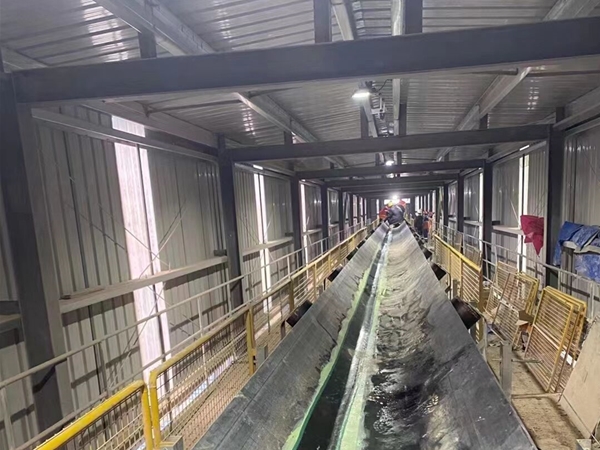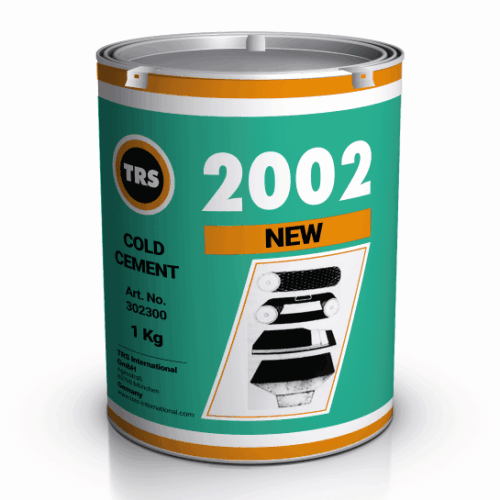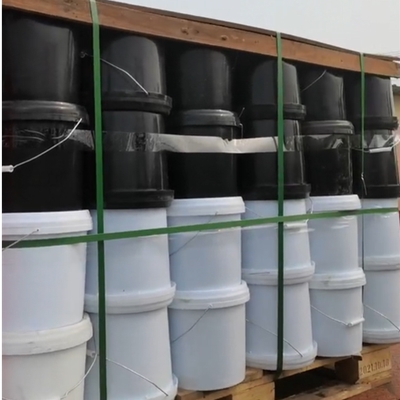With the market becoming increasingly saturated with lagging options, choosing a pully lagging product that is reliable becomes increasingly challenging. However, there are three main signs to ensure that you have made the right choice. If the pully lagging you choose does not support your application, then unplanned downtime will become an inevitable problem on site, and you will end up with dissatisfied clients.
1. Is the pulley lagging internally tested or externally tested?
It is too easy to test lagging internally, and it is even easier to match these results to a specific product. The best practice is to find suppliers who test products externally to obtain independent results. Below we list the most important tests:
- Tear strength
- Rubber elongation
- Adhesion strength
- The chemical composition of ceramic tiles
The first three are fairly standard, but you may not have considered the fourth. In fact, the chemical composition of the tiles is very important to ensure durability and alumina content, as well as to ensure the close bonding of the ceramic tiles and rubber. If the tiles crack or start to fall off, this is a failure that can cause unplanned downtime.
This kind of testing should always comply with on-site specifications, and more importantly, it should remain unchanged from batch to batch. Whether your pulley lagging for poor, medium, or high quality, you should be able to ensure that you get the same pulley lagging quality every time you place an order.
2. First-class manufacturing capability
A supplier capable of manufacturing and operating has many benefits. First, you will be able to customize the pulley lagging solution. Sometimes the existing solutions are not appropriate. Highly complex production companies allow you to discuss your unique and dynamic situation with your regional sales representatives, who can directly communicate the information to the production manager to accurately produce your orders according to your requirements.
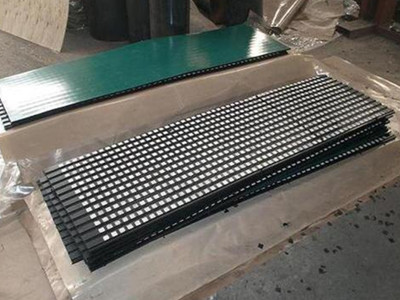
Abrasion Resistance Ceramic Pulley Lagging
When slippage occurs, it puts pressure on many parts of the conveyor belt. This usually means that you need a solution now. The ability to quickly generate pulley lagging solutions while maintaining a large inventory of standard configurations is also something that any pulley lagging partner needs to study.
It is also important to know where your product comes from. Sometimes in order to reach a certain price, the quality of the pulley lagging will be greatly reduced, and in many cases unsafe practices will be used. Be sure to ask your suppliers these questions to make sure your organization knows the origin of the products they invest in:
- Do I support an ethical production process?
- Does the factory use reputable rubber and ceramic suppliers?
- How do I know if the quality assurance process has been followed correctly?
- Can I guarantee that my products will arrive on time?
3. Quality Assurance
The third and most important factor is quality assurance. Manufacturing pulley lagging is a big feat-there are a variety of different processes and functions, which ultimately means a variety of different challenges, which can lead to defective products appearing on the scene.
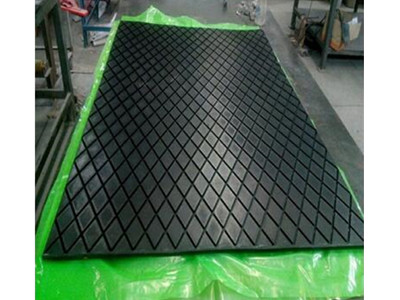
Conveyor Pulley Rubber Lagging
As a result of all moving parts-it is almost necessary for your pulley lagging supplier to have a dedicated quality assurance engineer. If there is no professional engineer to check the quality of your pulley lagging before shipping to your factory, you may encounter further problems when the pulley lagging is installed on site.

